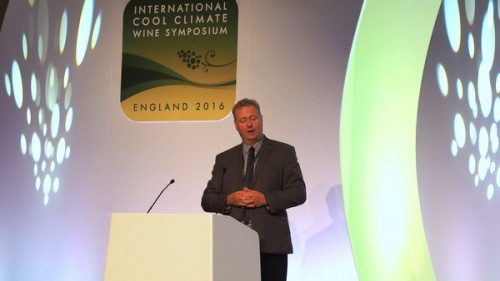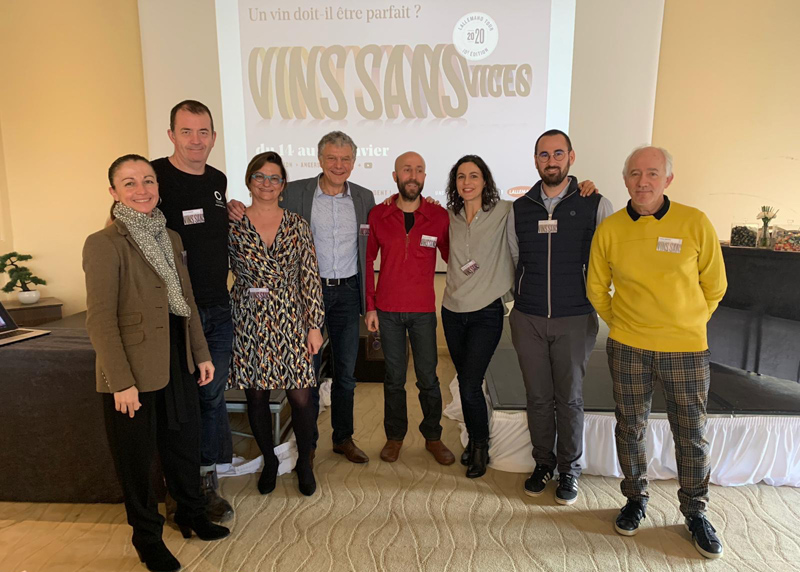
Gary Pickering, of Brock University presented a talk at the ICCWS (International Cool Climate Wine Symposium) on managing green flavours in wine. These are largely (but not exclusively) caused by methoxypyrazines. The two main ones in wine are isopropyl methoxypyrazine (IPMP) and isobutyl methoxypyrazine (IBMP).
There’s a level at which these green flavours can be typical of certain varieties – the Cabernet family seems to show them as a varietal characteristic, and they work well in Sauvignon Blanc – but they are unpleasant when they are too high.
Humans are incredibly sensitive to methoxypyrazines and can pick them up at very low concentrations: the detection thresholds are 2.1 ng/litre for IBMP and just 320 picograms/litre for IPMP, but there’s variation according to which wine context they are found in. There’s also inter-individual differences among people for detecting these, so some people can pick up IPMP at 320 pg/l while others only spot it at 95 ng/litre, which is roughly a 300 fold difference. They survive fermentation pretty much intact and don’t change much in bottle.
There are two sources of methoxypyrazines in wine. The first is from grapes: levels are high in unripe grapes and then diminish with ripening, so in cool climates where grapes struggle to ripen they can be elevated. But perhaps more worryingly, they can also come from ladybirds hiding in the bunches at harvest time.
This is known as ladybug taint (LBT), and there are two species responsible: Harmonia axyridis (the multicolored Asian lady-beetle; MALB), and Coccinella septempunctata (seven spot). These ladybirds take up residence in the grape cluster and end up in the fermentation vat, and when they are stressed (getting crushed and drowned is pretty stressful) they release methoxypyrazines. Just one per vine is enough to taint the wine, and with global warming they are becoming a bigger problem. Affected wines are described as having flavours of greenness, peanuts and earth.
So what can be done about these green flavours if they are present?
Destemming and minimizing skin contact is important, because most methoxypyrazines are extracted in the first 24 h of maceration. Clarification and settling prior to fermentation can make a big difference in reducing levels in the final wine.
Pickering also described some more novel remediation techniques. In his laboratory he has shown that The use of mMUP (mouse major urinary protein), an odorant binding protein specific for methoxypyrazines, can reduce levels from 300 ng/litre to just 5 ng/litre. This protein binds the methoxypyrazines and is then fined out with bentonite. Thermovinification also reduces methoxypyrazine levels. Silicone and polylactic acid are also fairly specific ways of removing methoxypyrazines that have great promise. Clearly, it’s best not to have sky high levels of methoxypyrazines in wine in the first place, but if you do, it’s nice to have a remedial solution.
See more in this paper from Pickering’s group.
1 Comment on ICCWS: Gary Pickering on managing green flavours in wine (what do to about ladybug taint)

We had that peanut / earthy taint at a winery I worked at a few years ago. It was fairly unpleasant and was a bit of a mystery until eventually our viticulturist came up with LBT and it seemed to fit. As for the wine, we struggled to find a fining agent that had much effect. Personally I love pyrazines but this was different, there was also a kind of mouldy, earthy taint. It was a real problem.